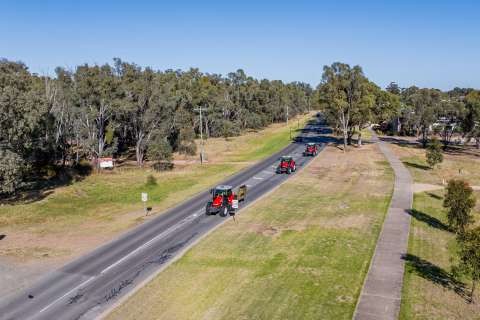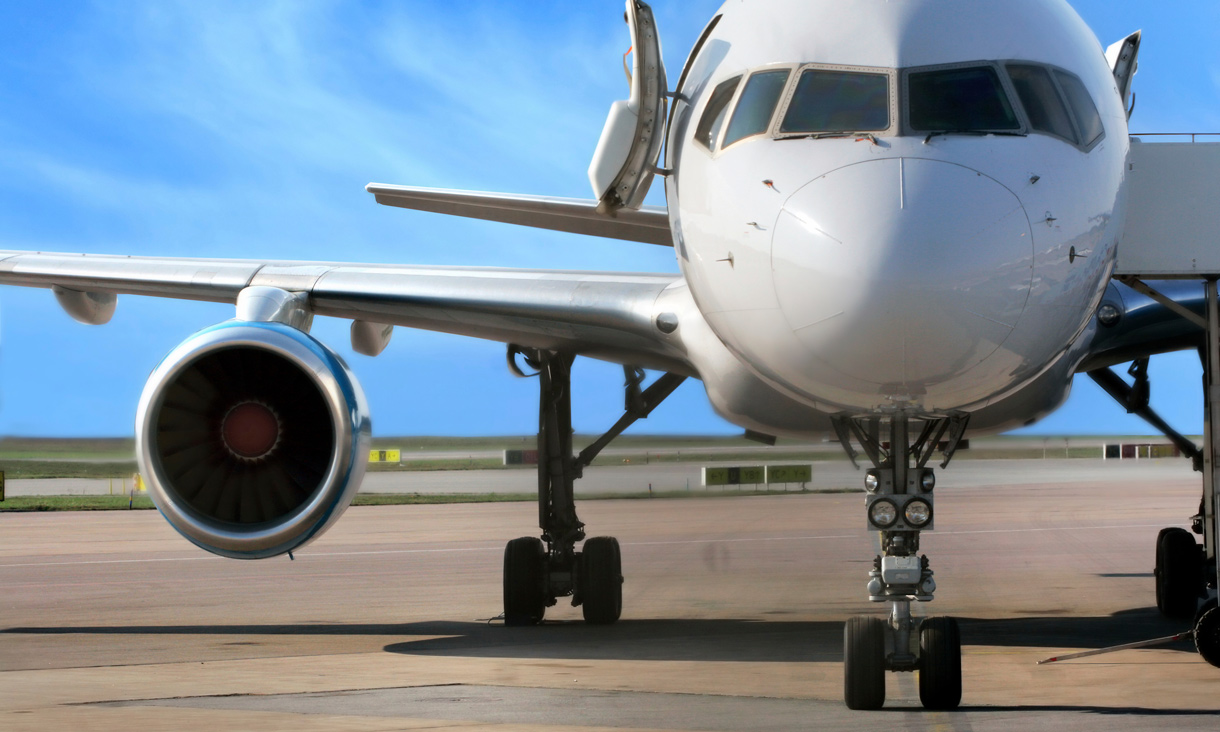As we grapple with the worst environmental crisis of our species alongside the worst economic crisis of our lifetime, what even is the point of art?
By Joana Partyka
For tens of thousands of years – between 40,000 and 500,000, depending on who you ask – humans have been making art. From Mesopotamians to the Maya, paintings to pottery, our kind has attempted to both convey and conceive of meaning through the creation of nice things. We’ve done so through successive extinctions, rebellions, falling empires, rising temperatures. And with the exception of a tiny slice of the animal kingdom that includes elephants, chimps and an abnormally talented Komodo dragon somewhere in America, we’re the only species to do so.
Art makes us feel good, and feel, and that’s good. But as we face contemporaneous extinctions, rebellions, falling empires and rising temperatures – and because that’s not enough, a deadly pandemic, too – how does art fit into the mechanics of that? Does it even serve a purpose in the Anthropocene?
In other words: as we grapple with the worst environmental crisis of our species alongside the worst economic crisis of our lifetime, what even is the point of art?
The role of art
It’s a question the Coalition seems to have embraced a little too eagerly, and a little too literally. With an eyeroll of a COVID-19 support package for the sector; malicious fee hikes targeted to humanities degrees; and the ingestion of the federal arts department into a superunit that also, incongruously, oversees regional development and infrastructure, it’s clear they have a disdain for the arts – contempt, even.
Esther Anatolitis, executive director of the ³Ô¹ÏÍøÕ¾ Association for the Visual Arts (NAVA) and one of Australia’s leading advocates for the arts, has a very different take on the same question. In short: “Art creates our future.”
“Art expands our thinking … [it] asks questions, and demands that we do the same,” Anatolitis says. “Art imagines entire worlds – and then it makes them possible, situating us within their boundaries and then exploding those limits.”
It also helps form our understanding of social, environmental and political contexts, says University of Melbourne cultural policy lecturer Dr Christiaan De Beukelaer.
“The arts really allow us to make sense of the world,” he says. “They do so in a way that allows for the exploration of ideas and meaning – not just by communicating in a factual way like journalism, but by exploring what it means to be alive; what it means to be confronted with beauty or inequalities or suffering.”
The quiet agony of violently severed maternal bonds on a vibrant . Ai Weiwei’s commenting on rapacious Western consumption of Chinese mass produced goods. A rainbow riot of balaclava-clad pussies harmonising against Putin’s Russia. Themes like capitalism and collectivism interrogated through ‘s elegant prose. Art shows us our past, urges us to examine our present, and invites us to imagine our future. And when it doesn’t – when it exists for the express purpose of itself – it shows us beauty, urges us to feel the depths of our humanity, and invites us to recognise the shared experience of existence.
Art on the spectrum
This all perhaps goes some way to explaining the political right’s sneering view of the arts – one that has manifested in the outright mutilation of the sector we see under Morrison today. The creation of art for art’s sake challenges the market ideology that underpins our political belief system, defying the neoliberal machine that fetishises economic growth at all costs. The arts are a “lifestyle choice”, as then-education minister Simon Birmingham said in 2016, forgetting the cultural sector in fact to the national economy that very same year.
It’s clear, then: the act of making art is in and of itself a political one, because the act of undermining it appears to be, too.
In friendlier contexts, like the public art projects rolled out under Roosevelt’s New Deal in the 1930s, art is the antithesis of a lifestyle choice: it is life. Programs that seem radical even by today’s standards sustained tens of thousands of artists who created hundreds of thousands of works of art, many of which still exist today.
In her 2019 book On Fire: The Burning Case for a Green New Deal, Naomi Klein explains some of this art was about holding a critical mirror up to society – photographer Dorothea Lange’s celebrated depictions of life in the dustbowl, for instance – while some was purely to bring “joy and beauty to Depression-ravaged people”. All of it was about providing employment; about helping to rebuild a broken country.
A creative recalibration
Just like its interbellum forebear, art has an essential place in a Green New Deal. The pursuit of a clean and just energy transformation in tandem with a more caring society necessarily invokes the revolutionary power of art. Klein reminds us that a key reason the right’s vicious attacks on Roosevelt and his New Deal failed to erode public support is thanks to the sonority of its art. It invited the people not just to imagine their future beyond the Depression, but – to paraphrase playwright Bertolt Brecht – it handed them a hammer with which to shape it.
The same can be said of cultural work’s role in advancing a contemporary climate-friendly economy. It can help us reach the apathetic and the actively hostile, flinging open the shutters to previously unseen perspectives. It’s in the artist’s fertile and fecund mind we will find the innovation and insight needed to turn the ship around.
“Making sense of what the limitations are – socially, politically, economically – but also how we deal with them individually and collectively are part of a major challenge I think we need to be quite creative about,” Dr De Beukelaer says.
Citing he authored that scrutinises its uncertain impact on the environment, Dr De Beukelaer says the arts can “play a contradictory role”. But ultimately, he believes they have the potential to help draw us out of the twin economic and climate crises we currently face.
“There is a massive possibility – especially now – for the arts to come together and go ‘let’s try to make sense of this; let’s try to harness the possibility this gives and imagine another kind of future’,” he says.
Anatolitis agrees, going so far as to an arts and culture-led economic recovery in place of the mining magnate-stacked COVID-19 recovery commission. “We need [artists’] thinking, we need their inspiration and we need their boost to our economy,” she says.
In the challenging days that lie ahead, art is far from a peripheral nice-to-have. For those of us locked down or self-isolating, it might indeed be all we have. For all of us, it reveals – even if it won’t be immediately attainable – what we can eventually have.
“We live in capitalism; its power seems inescapable – but then, so did the divine right of kings,” Ursula K Le Guin said in 2014. “Any human power can be resisted and changed by human beings. Resistance and change often begin in art.”
Boiled down to its concentrated essence, then, art concomitantly moves us and makes us move. Right now, we need to move faster than ever. Right now, art could not be more to the point.
Joana Partyka is the Australian Greens’ ³Ô¹ÏÍøÕ¾ Communications Officer, an illustrator and a ceramicist.







